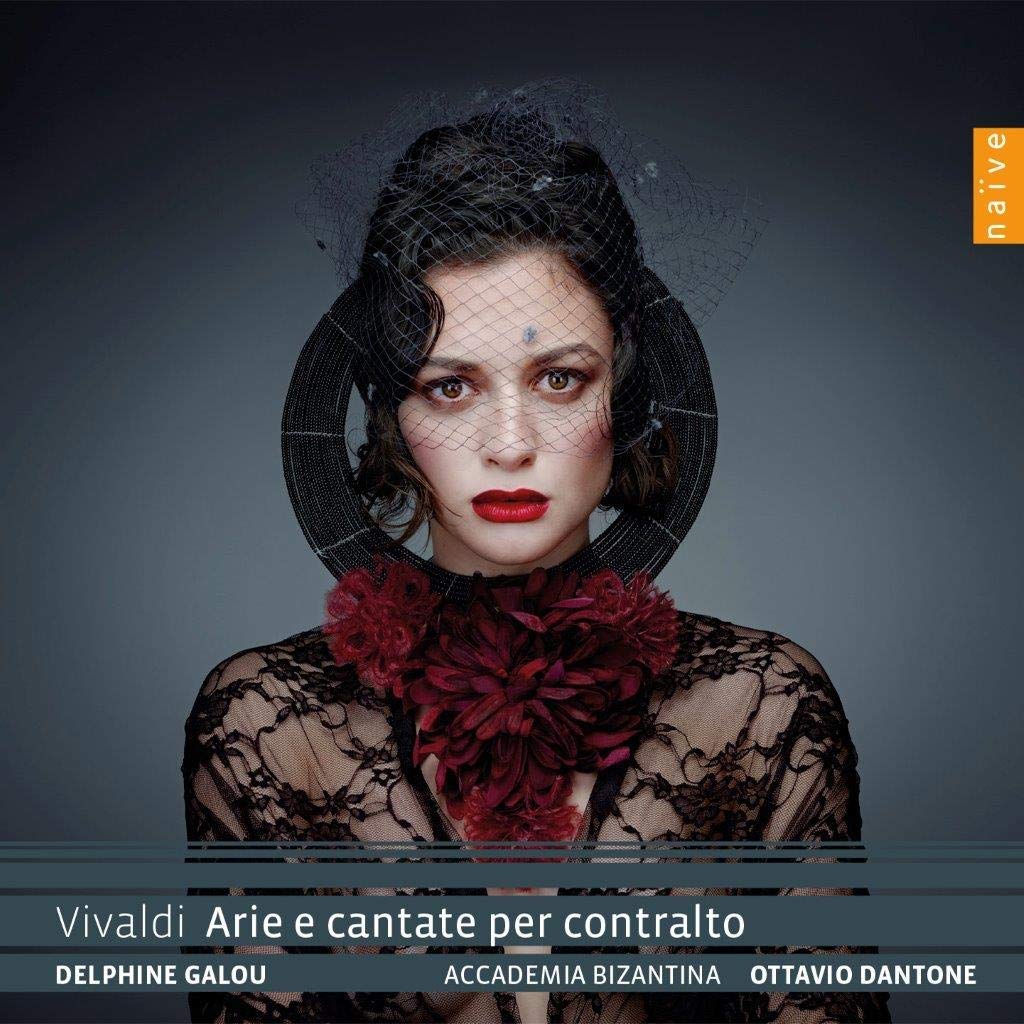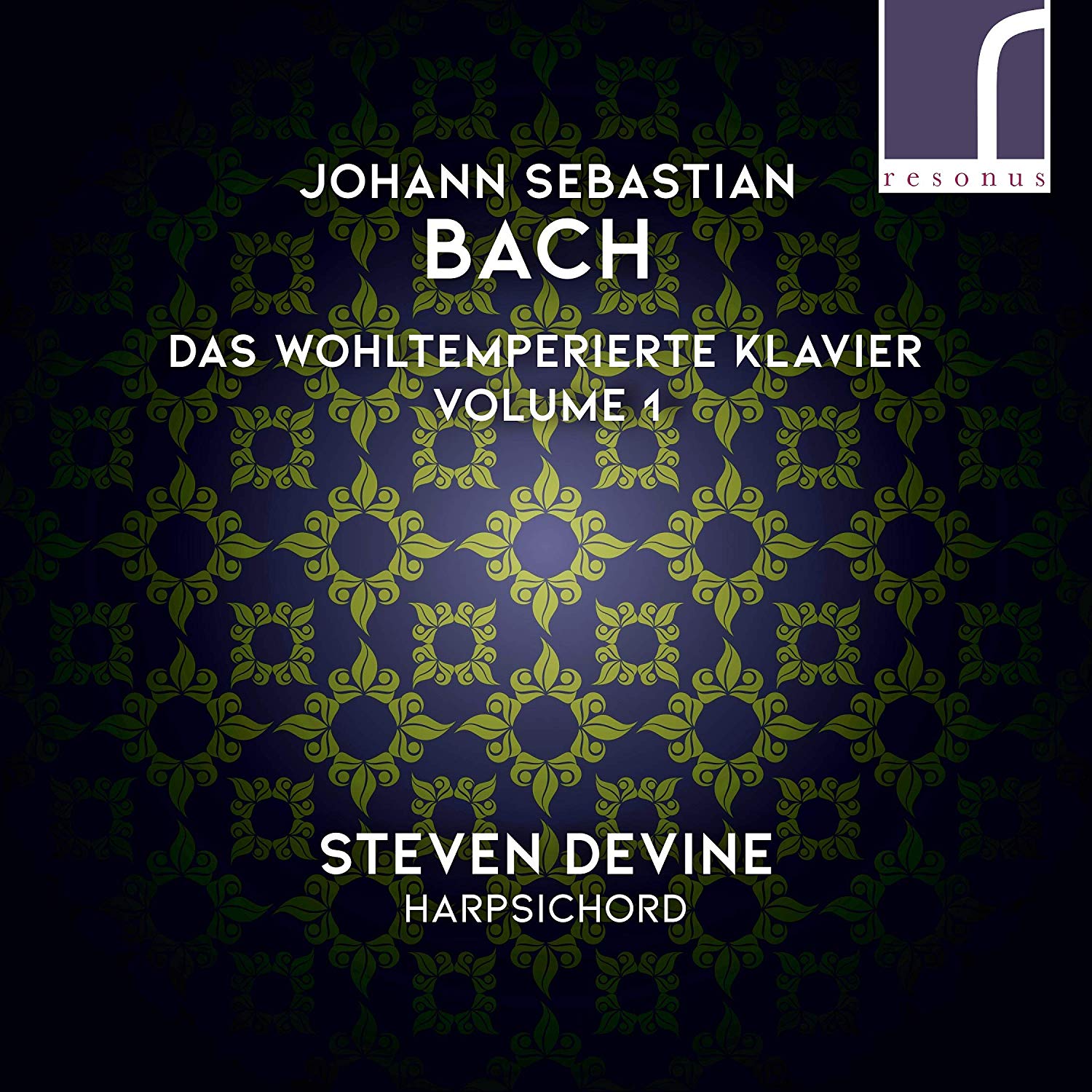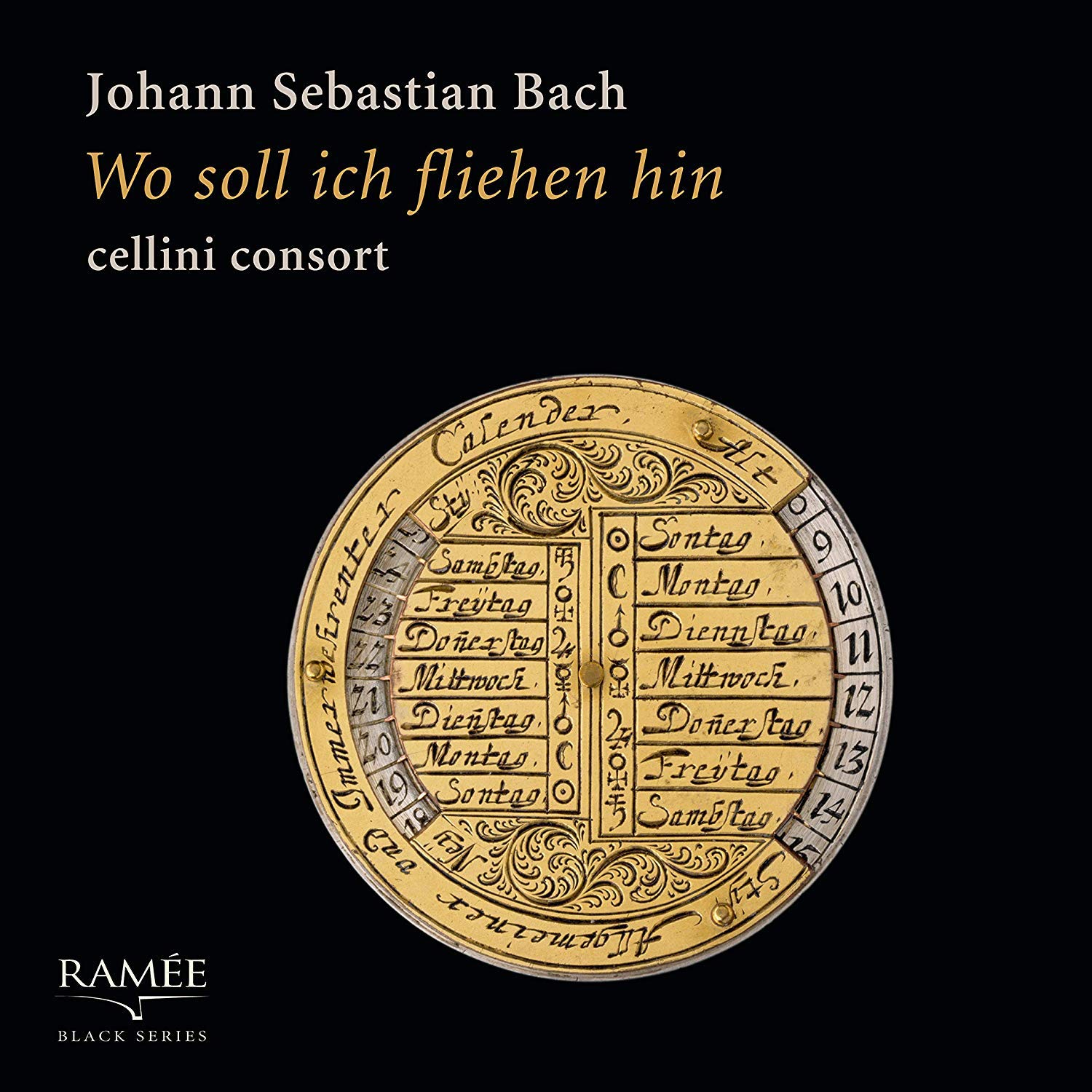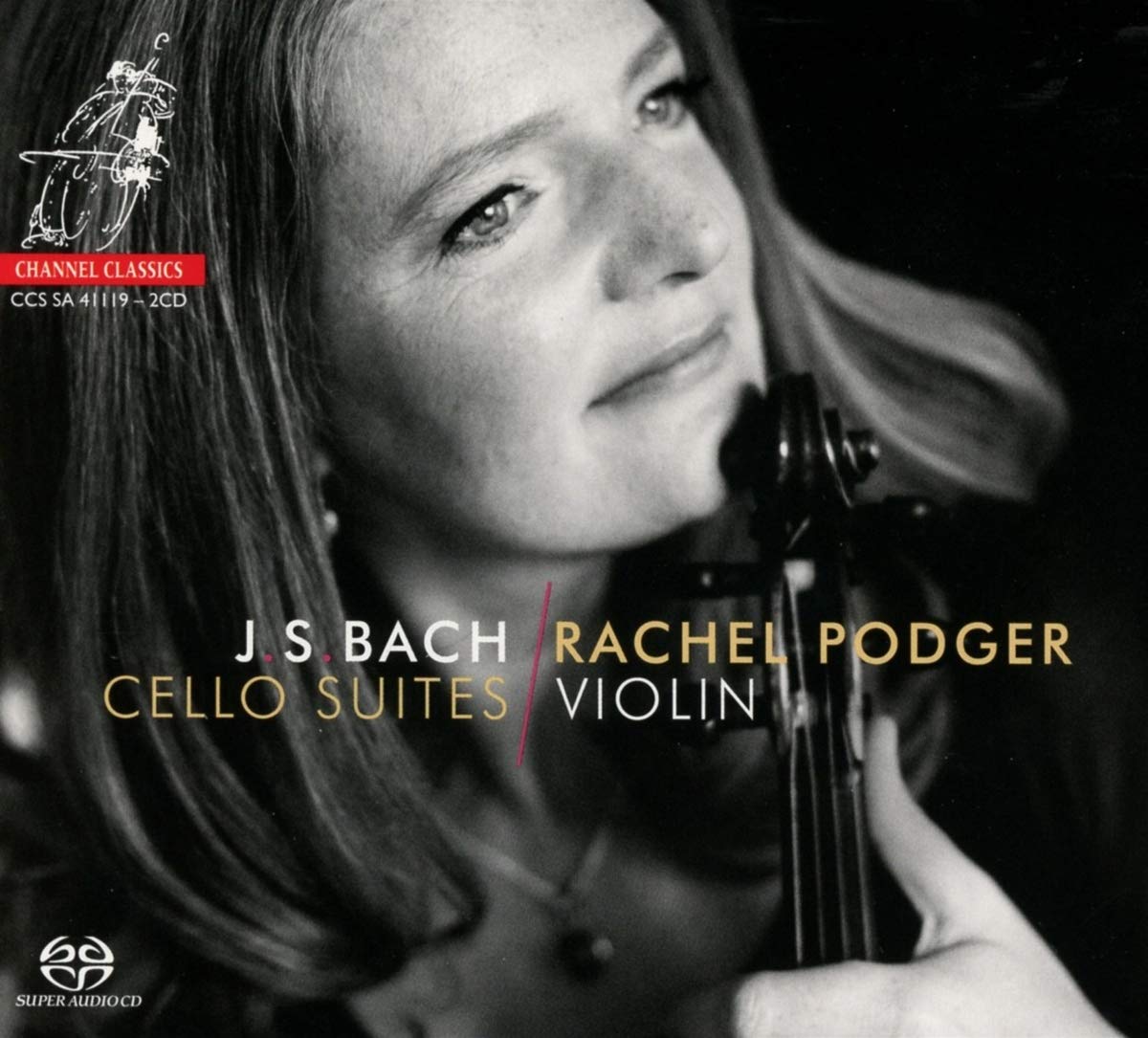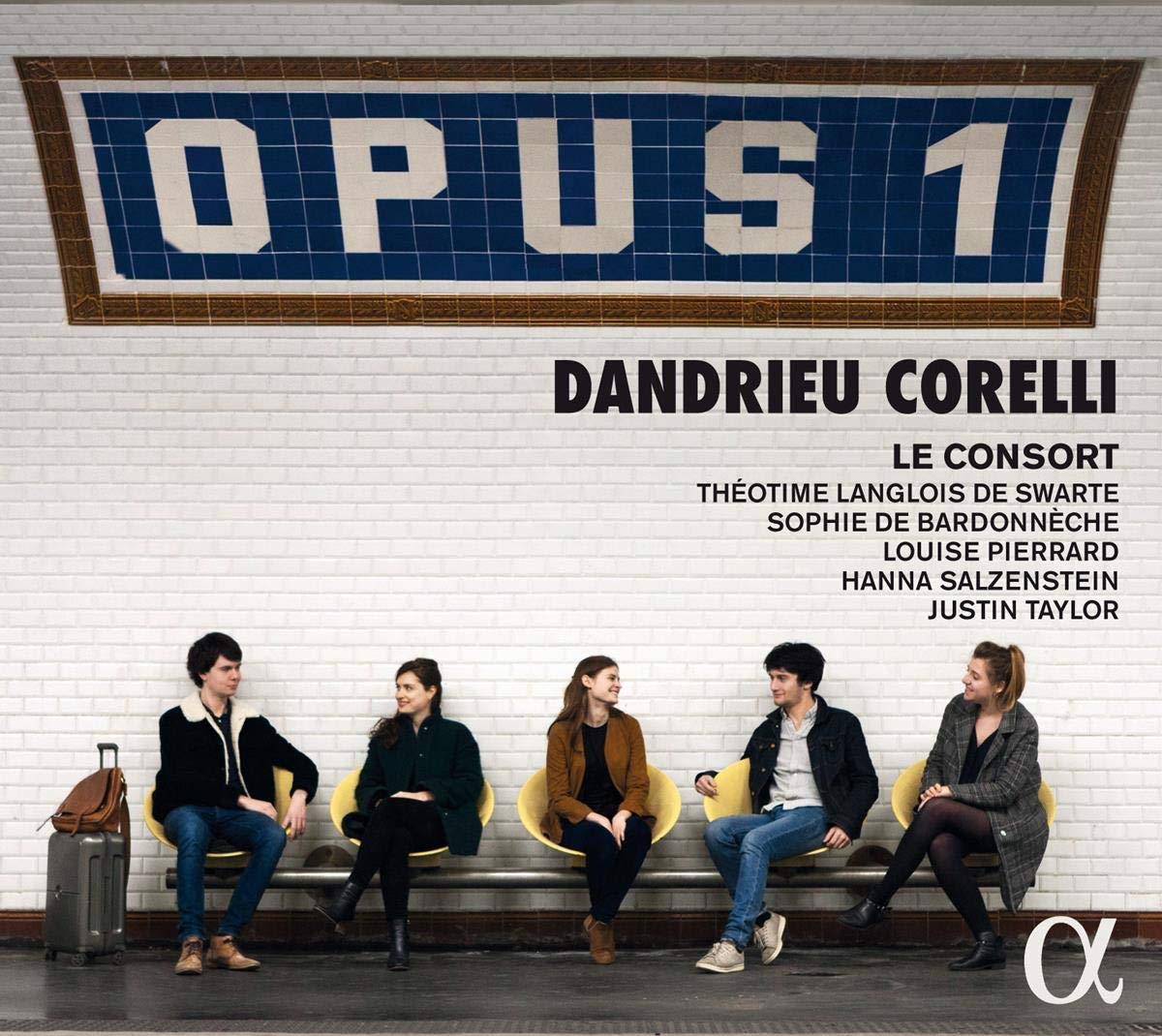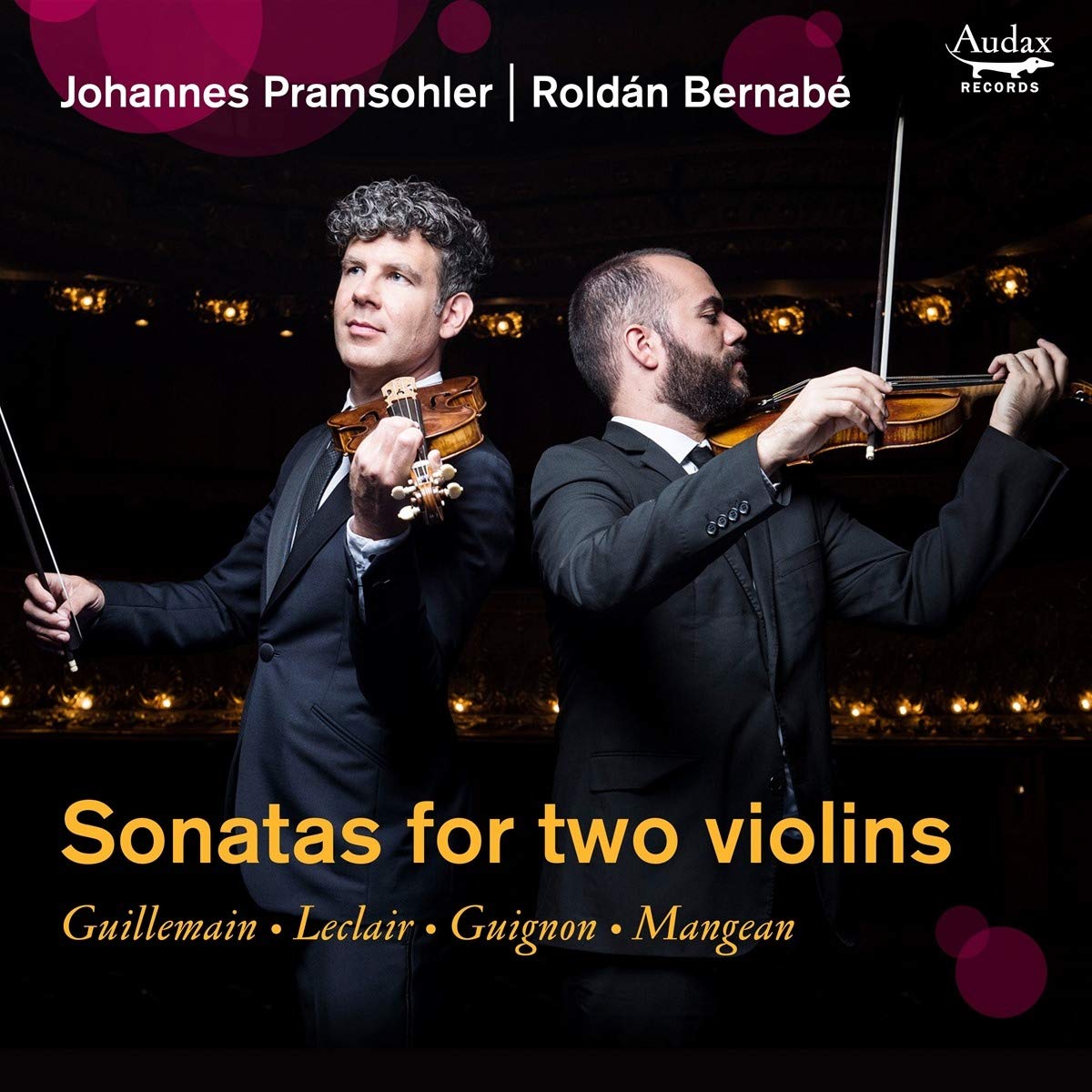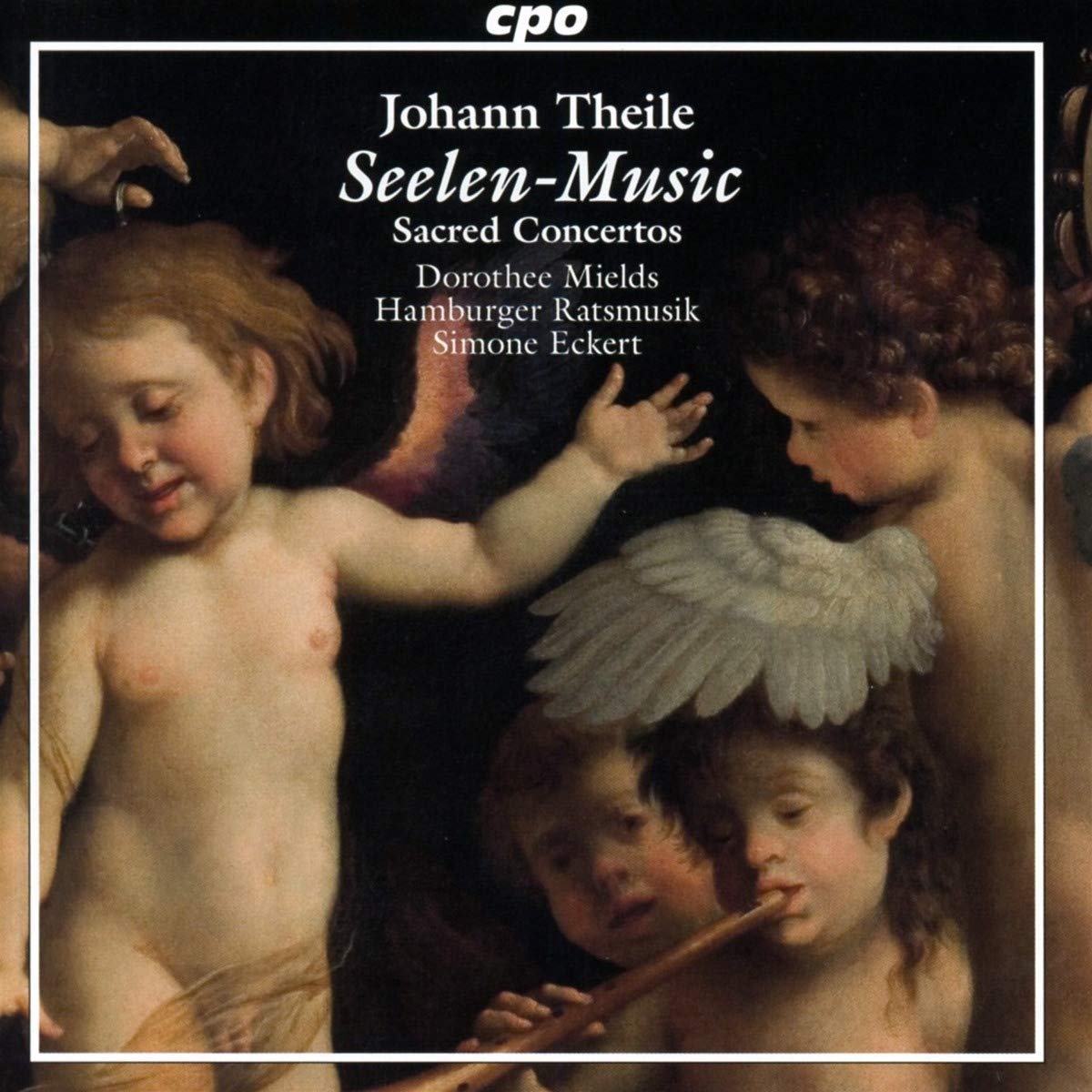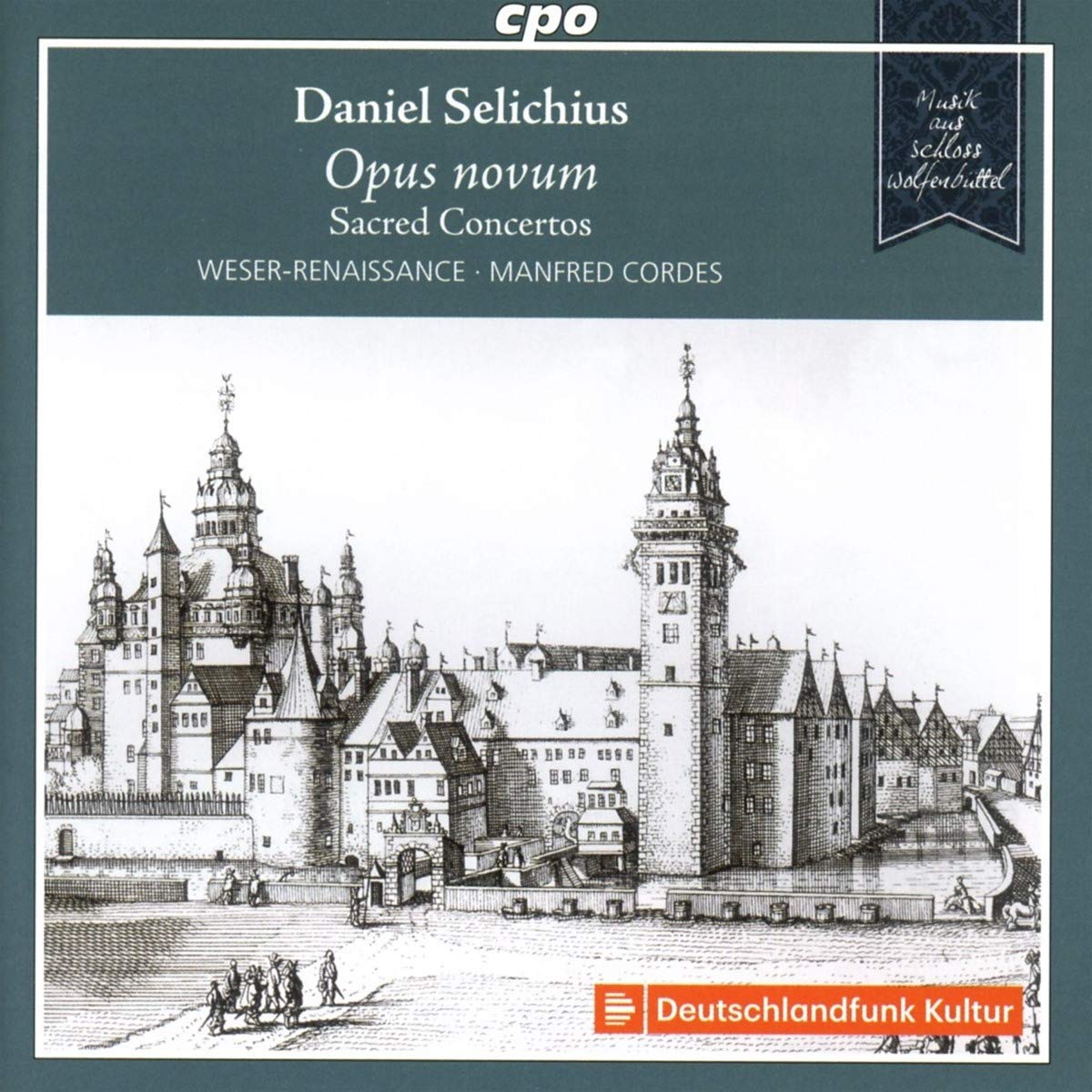Oratorio for the dedication of the new St.Michael’s Chruch 1762
Rahel Maas, Marian Dijkhuizen, Julian Podger, Klaus Mertens, Mauro Borgioni SmSTBB, Kölner Akademie, Michael Alexander Willens.
71:40
cpo 555 214-2
How fortunate we are to encounter another jewel in the CPO crown! To be able to hear a rather special oratorio following events from Hamburg’s eventful past. This music would probably be on a secret wish list, alone for its splendid panoply of instruments (two corps of three trumpets and drums, plus horns, flutes, oboes etc..), deployed with great inventiveness and impressive musico-pictorial flair; applied too with an ability that belies, defies even, the composer’s advanced age of 81! Added to this are the honed qualities of processional solemnity, religious reflections, and great topographical importance.
Within this fine late work, we find an inspired mind and agile quill wielded with considerable effect. This dedicatory music of just over one hour was placed within a whole series of prayers and readings lasting nearly four! The work in two parts, is split by a stunning instrumental chorale (Track 15) for six trumpets. This special oratorio was written by Joachim Johann Daniel Zimmermann, archdeacon of St.Caherine’s, someone with whom Telemann had already collaborated on several occasions, most notably the John Passion of 1745 (TVWV5:30). The background events to this special piece actually go back 12 years earlier, to the 10th March 1750, when – during a freak, violent storm – the original church was struck by ferocious lightening, hail, snow and rain, the latter seen as particular divine leniency, or possible redemption, dampening the flames, but not preventing the serious destruction of the church. This duality of mixed emotions is caught in the restorative, post-disaster aria (Track 11) “Thus grace and mercy were united” after the vividly portrayed horrors through tracks 7-10. With the wonderful aria (Track 13) the once scattered “flock” returns to the old place of worship. The lengthy (over five minutes) chorale at track 16, is to be sung by one and all of the congregation! This inclusivity is echoed in the finely measured aria (Track 18), “The Amen of your people resounds to your first, in the place consecrated by it!” The resounding “Es schallet” perfectly captured here. Track 20 captures a sense of what this all meant to the faithful Hamburgers to see their beloved and famous (iconic) St. Michaelis Church rise from the ashes and those double-edged lightening strikes; “Shall no adornment be spared…that makes your Hamburg glorious” (again)? In the quite lengthy recitative (Track 21), we hear of the monumental efforts to help bring about the re-building, and also perfectly reflected in the aria (Track 23) expounding the “Tempel” built by love, a labour of love, one could say? The music here has a really delightful, disarming effect, set in supreme contrast to the almost apocalyptic scenes heard before. The superb closing sequence starts with the magnificent aria (Track 27) with some lingering fearfulness of what happened to the previous building, yet exudes a proud sense of steadfastness until the End of days. The final two-verse chorale is adorned with judiciously applied trumpets and drums.
This is, in short, a really top-notch interpretation with Klaus Mertens and all, adding to our understanding of Telemann’s highly productive Hamburg years, through his amazing protean and prismatic musical imagination, tempered by the religious inspirations and impulses of the texts. O how lucky are we to turn a singular musical event into a multiple listening experience at the flick of a switch! Vintage late Telemann to be drunk in!
Just a final remarks:
1. Just the odd little slips in English translation, syntax goes astray (Aria Track 3), “Flock” (Track 13), semantics in line 4 (Aria 20).
2.No mention is given of the horn players? Unless there’s a missing “Horns” for the last named pair of the six trumpeters: Ute Rotkirch, Jaroslav Roucek?
3.Would have liked a touch more brightness in the recorded tone.
4.Booklet notes by Prof. Wolgang Hirschmann are studious and insightful.
David Bellinger

